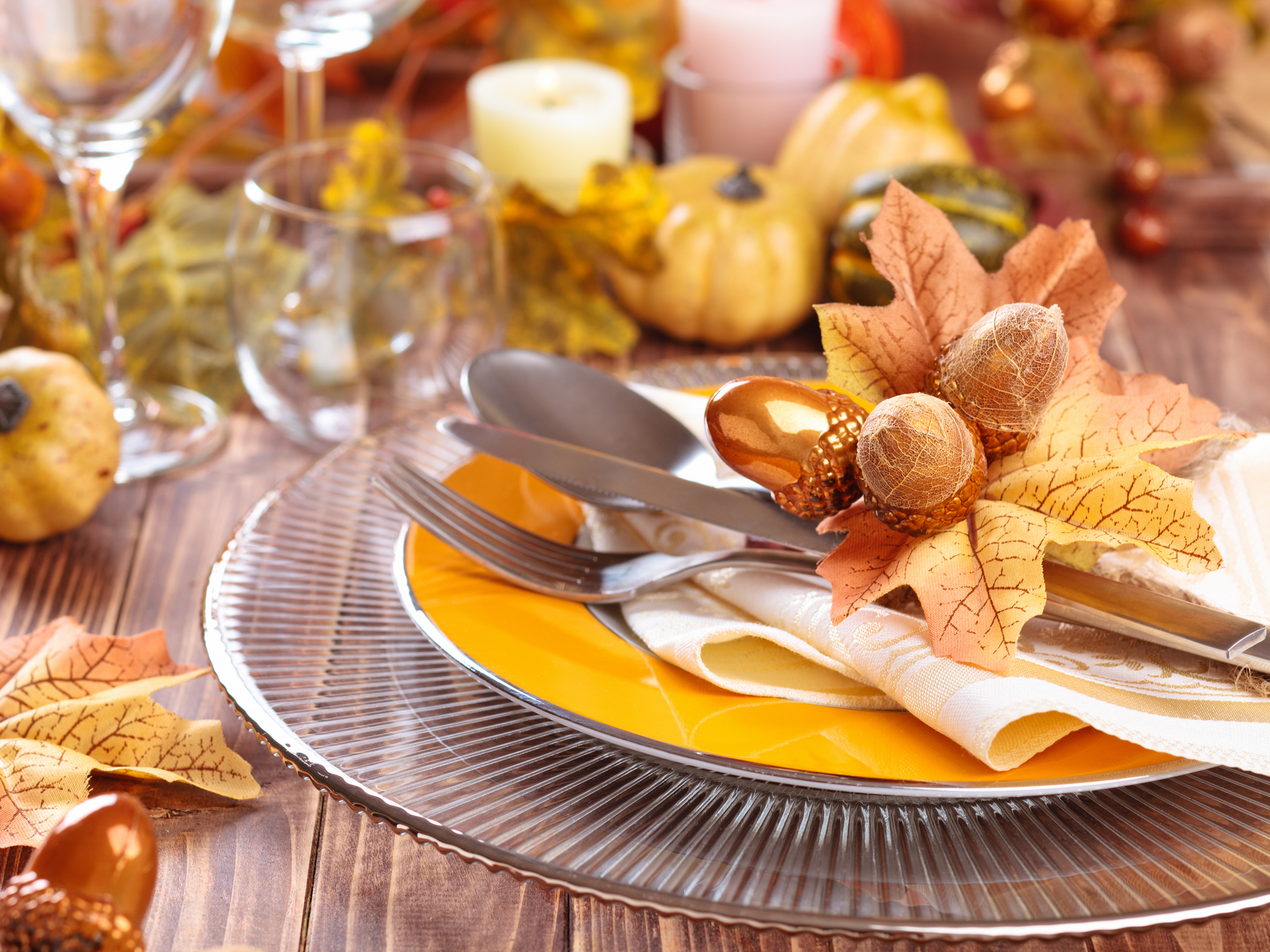Get Easy Health Digest™ in your inbox and don’t miss a thing when you subscribe today. Plus, get the free bonus report, Mother Nature’s Tips, Tricks and Remedies for Cholesterol, Blood Pressure & Blood Sugar as my way of saying welcome to the community!
Avoid hidden heavy metals this holiday season

Over the holidays, your favorite set of fun and festive decorative plates, platters and glassware comes out of storage.
But those plates and cups adorned with golden turkeys, silver bells and even Santa’s jolly red suit may be less innocent than they look…
They may contain surprisingly high levels of the toxic heavy metals lead and cadmium.
Now, I’m not trying to put a damper on your holiday. But I think if you’re going to use this type of dishware, you should know there may be a health risk involved…
Lead and cadmium are heavy metals that can negatively impact your health in many ways. Studies show exposure to these toxic metals is connected to a shorter lifespan, a higher cancer risk and is worse for your heart than cholesterol and smoking.
The stakes are even higher if you’re feeding kids and grandkids off these dishes. You already know how harmful lead paint is to children’s neurological development. So just imagine the impact of lead-laced cups and plates.
The good news is that once you’re aware of this risk lurking in your kitchen cabinets, you can make wise choices to reduce your exposure.
Are cadmium and lead leaching from your dishware?
A study from researchers at the University of Plymouth in the UK found that dishware painted with decorative designs contains potentially toxic levels of lead and cadmium.
These researchers conducted 197 tests on 72 new and used glass products, like tumblers, beer and wine glasses and jars. And they found dangerous heavy metals on the surface of the glassware and sometimes even on the rims.
Alarmingly, some of these dishes contained lead levels 1,000 times above the recommended limit. And it seems, that the more you use and wash these decorative dishes, the more likely the paint is to chip off and end up in your body.
Another recent study from researchers at the University of Plymouth found that the paint on playground equipment also contains dangerously high levels of lead, but the risk from drinking glasses is far greater, according to researchers.
Researchers said that lead and cadmium were found in both the paint and the glaze of decorative glassware and that about 70 percent of the products they analyzed tested positive for these heavy metals.
Lead was found in all decorative paint colors and in gold leaf designs. The most significant risk of cadmium exposure came from red enamel (which means those Christmas designs are probably pretty dangerous).
The US Office of Environmental Health Hazard Assessment says that lead concentration on the lip area of decorative cups should be limited to 200 parts per million (ppm), and cadmium concentrations should be limited to 800 ppm. Lead concentrations on the glassware that researchers studied, however, ranged from 40 to 400,000 ppm for lead and 300 to 70,000 ppm for cadmium.
And even though researchers studied only drinking glassware, they confirmed that the same type of paint and glaze is used for a variety of items in your kitchen, including beer, wine, and liquor bottles; egg cups; jugs; measuring cups; coasters; and chopping boards.
“Given that safer alternatives are available to the industry, the overall results of this study are both surprising and concerning,” said Dr. Andrew Turner, lead researcher in the study. “I believe consumers should be made aware of this, while retailers and the glass industry have the responsibility to eliminate toxic metals from decorated products.”
Avoiding heavy metals in your dishware
Now, don’t get discouraged if you love your collection of holiday dishware. The fact is, if you’re only using decorative dishware during the holidays, your exposure is pretty minimal, and the risk involved is probably low. But if you’re using potentially dangerous dishware every day, that’s another story…
That’s precisely how this entire family got lead poisoning, if you would like to read about their experience. They picked up what they thought was a nice set of daily dishware while on vacation, and it was anything but.
Because of the concern, easy at-home tests are available to test dishes, jewelry, toys and other items that could potentially harbor toxic metals, especially lead. A simple search on Amazon pulled up this one for me.
For everyday use, choose plain plates and cups — no paint and no designs — just to be safe. Organic inks are also becoming more popular in dishware, so look for decorative options that use them instead of metallic varieties. That way, you can still have a fun, festive and safe holiday!
Editor’s note: Have you heard of EDTA chelation therapy? It was developed originally to remove lead and other contaminants, including heavy metals, from the body. Its uses now run the gamut from varicose veins to circulation. Click here to discover Chelation: Natural Miracle for Protecting Your Heart and Enhancing Your Health!
Sources:
- D. Vaziri, H.C. Gonick. “Cardiovascular effects of lead exposure.” — Indian Journal of Medical Research. 2008 Oct;128(4):426-35.
- Lead Exposure in Adults – A Guide for Health Care Providers — New York State Department of Health. Retrieved November 8, 2017.
- Drinking glasses can contain potentially harmful levels of lead and cadmium — MedicalXpress. Retrieved November 8, 2017.
- “High levels of migratable lead and cadmium on decorated drinking glassware.” — Science of the Total Environment, 2017.













